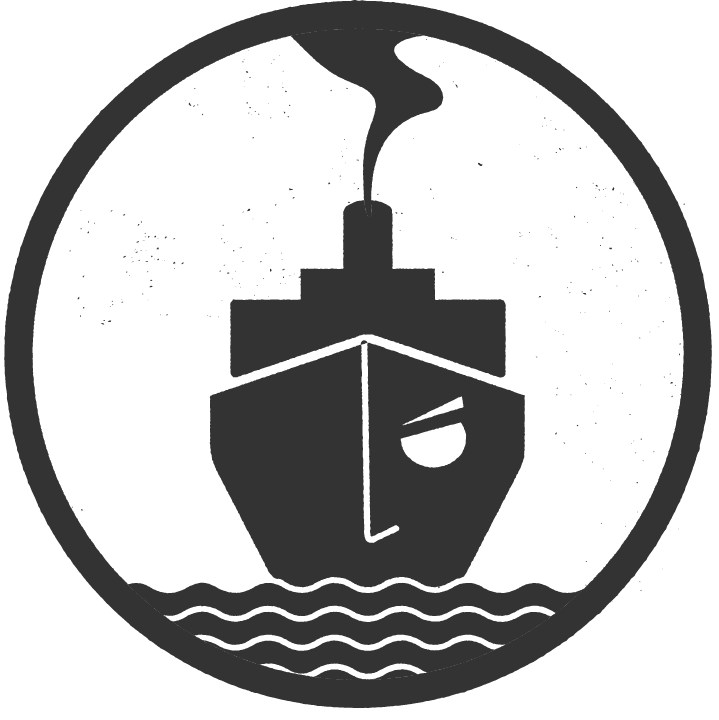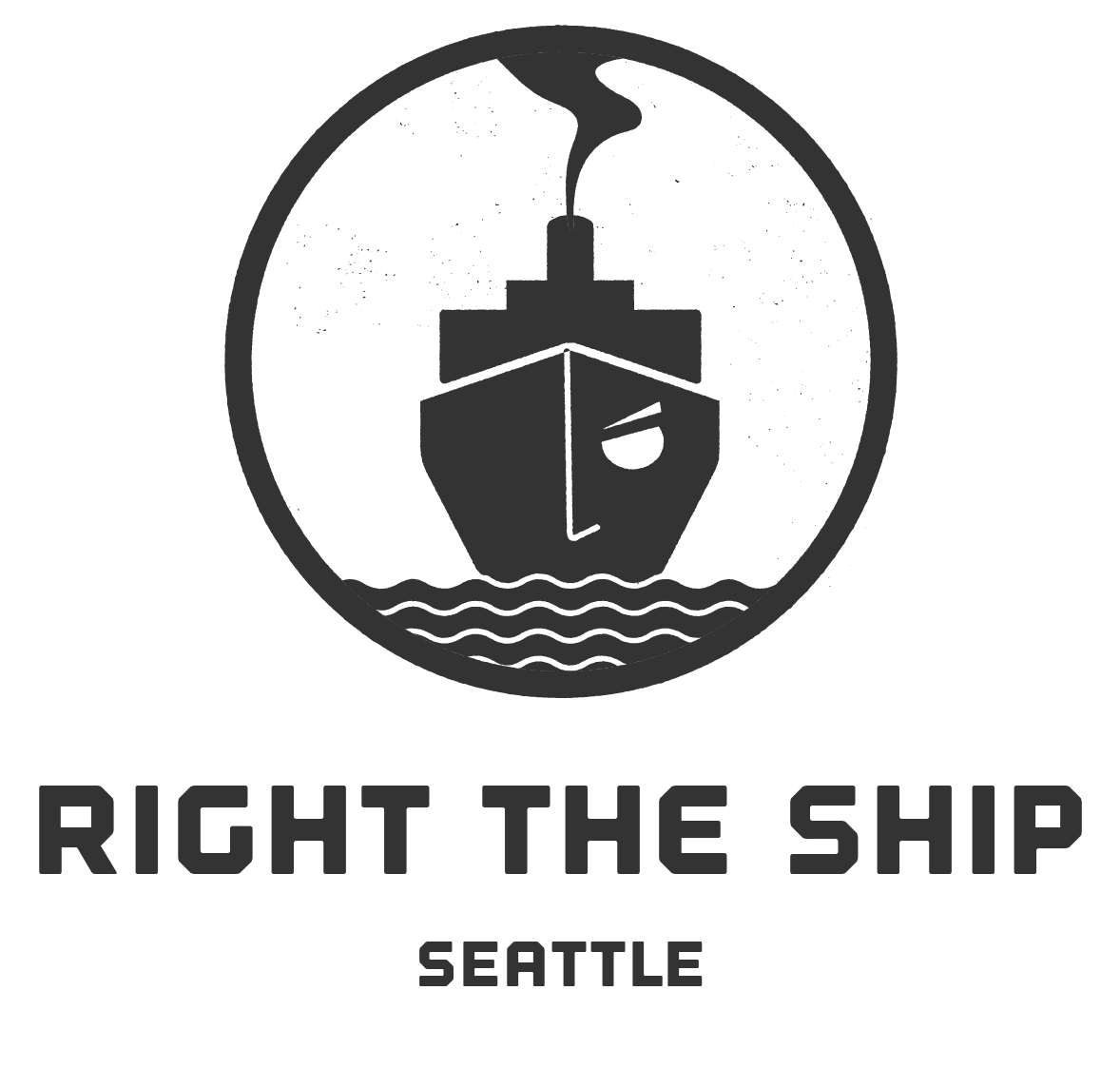slavery in the caribbean sugar plantations24 Apr slavery in the caribbean sugar plantations
Atlantic Ocean. 04 Mar 2023. Food crops had to be grown to feed the paid labour, technicians, and the owners family. Related Content University of Minnesota Libraries", "The role of sugar cane in Brazil's history and economy", "Sephardic trading connections between Barbados, Curaao and Jamaica, 1670-1720", "Half-Truths and History: The Debate over Jews and Slavery", "How Jewish Immigrants Spurred the Barbadian Rum Trade", "Small Farms, Large Transaction Costs: Haiti's Missing Sugar", "The Greater Caribbean: From Plantations to Tourism", "Sweetness and Power: The Place of Sugar in Modern History", "NEW PERSPECTIVES ON SLAVERY AND EMANCIPATION IN THE BRITISH CARIBBEAN", "Sugar Mills, Technology, and Environmental Change: A Case Study of Colonial Agro-Industrial Development in the Caribbean", "El Caribe comparte los impactos causados por industrias azucarera y ganadera", "Sugar and the Environment - Encouraging Better Management Practices in Sugar Production and Processing | WWF", "High dietary fructose intake: Sweet or bitter life? Plantation life and labor were difficult and . In this way, black enslavement became the primary institution for social and economic governance in the hemisphere. and more. No slave houses survive in St Kitts and Nevis, and very few in the Americas as a whole. The real problem was the process of producing sugar. Sugar production was important on a number of Caribbean islands in the late 1600s. An infestation of tiny insects would descend on the luscious green sugar plants and turn them black. The voyage to Rio was one of the longest and took 60 days. As a result housing for the enslaved workers was improved towards the end of the 18th century. The plan of the 18th century slave village at Jessups is a good example of this kind of layout. In the 15th century, it was the Portuguese who first adapted a plantation system for growing sugar cane (Saccharum officinarum) on a large scale. We would much rather spend this money on producing more free history content for the world. Fifty years ago, in 1972, George Beckford, an Economics Professor at the University of the West Indies, published a seminal monograph entitledPersistent Poverty, in which he explained the impoverishment of the black majority in the Caribbean in terms of the institutional mechanism of the colonial economy and society. Books As a consequence of these events, the size of the Black population in the Caribbean rose dramatically in the latter part of the 17th century. Before the arrival and devastation of the COVID-19 pandemic, the Caribbean region was buckling under the strain of proliferating, chronic non-communicable diseases. Sign up for our free weekly email newsletter! In part the Act was a response to the increasingly powerful arguments of abolitionists. At nine or ten feet high, they towered above the workers, who used sharp, double-edged knives to cut the stalks. A large capital outlay was required for machinery and labour many months before the first crop could be sold. While United Nations police, justice and corrections personnel represent less than 10 per cent of overall deployments in peace operations, their activities remain fundamental to the achievement of sustainable peace and security, as well as for the successful implementation of the mandates of such missions. The demographics that the juggernaut economic enterprise of the slave trade and slavery represented are today well known, in large measure thanks to nearly three decades of dedicated scientific and historical research, driven significantly by the United Nations Educational Scientific and Cultural Organization (UNESCO) and by recent initiatives, including the United Nations Outreach Programme on the Transatlantic Slave Trade and Slavery. Resistance to the oppression of slavery and ethnic colonialism has made the Caribbean a principal site of freedom politics and democratic desire. "The Price of Sugar" is a powerful documentary about the . The clash of cultures, warfare, missionary work, European-born diseases, and wanton destruction of ecosystems, ultimately caused the disintegration of many of these indigenous societies. The World History Encyclopedia logo is a registered trademark. By the early seventeenth century, some 170,000 Africans had been imported to Brazil and Brazilian sugar now dominated the European market. The legacy of the social and economic institution of slavery is to be found everywhere within these societies and is particularly dominant in the Caribbean. However, plantation life was terrible. They found that thelocations of slave villages shared some common features. The sugar that saturates the American diet has a barbaric history as the 'white gold' that fueled slavery. Michael Tadman, 'The demographic costs of sugar: debates on slave societies and natural increase in the Americas', American Historical Review, 105.5 (2000); B.W. Sugar plantations in Brazil were dominated by African slavery by the mid-16th century. Similarly, the boundaries and names shown, and the designations used, in maps or articles do not necessarily imply endorsement or acceptance by the United Nations. Written by a noted nutritionist later in his career. By the late 18th century, some plantation owners laid out slave villages in neat orderly rows, as we can see from estate maps and contemporary views. The Caribbean is home to some of the most economically and socially exploited people of modernity. The production of sugar required - and killed - hundreds of thousands of enslaved Africans. The rise of slavery. There were some serious problems, then, to be faced by plantation owners. A roof of plantain-leaves with a few rough boards, nailed to the coarse pillars which support it, form the whole building.. . World History Foundation is a non-profit organization registered in Canada. Barbados in the Caribbean became the first large-scale colony populated by a black majority, and South Carolina in the United States assumed the same status. A hat hangs on the wall, a group of large pots stands on a shelf and there is a small bed in the corner. Europe remains a colonial power over some 15 per cent of the regions population, and the relationship between the United States and Puerto Rico is generally understood as colonialist. Within a few decades, Brazil had become the worlds largest producer of sugar. This voyage, now known as the Middle Passage, consumed some 20 per cent of its human cargo. From UN Chronicle, written by Ambassador A. Missouri Sherman-Peter, Permanent Observer of the Caribbean Community (CARICOM) to the United Nations. African slaves became increasingly sought after to work in the unpleasant conditions of heat and humidity. Learn more on the geographical spread of the colonial sugar plantation system in our article Sugar & the Rise of the Plantation System. Those with the skills to operate and maintain the machinery in sugar mills were much in demand, especially their chief supervisor, the sugar master, who enjoyed a high salary. Thank you! His Ten Views, published in 1823, portrays the key steps in the growing, harvesting and processing of sugarcane. As the historian A. R. Disney notes, "sugar production was one of the most complex and technologically-sophisticated agricultural industries of early modern times" (236). Alan H. Adamson, Sugar Without Slaves: The Political Economy of British Guiana, 1838-1904 (New Haven, 1972), 119-21 . Jamaica and Barbados, the two historic giants of plantation sugar production and slavery, now struggle to avoid amputations that are often necessitated by medical complications resulting from the uncontrolled management of these diseases. The Caribbean is home to the Haitian Revolution, which produced the worlds first black freedom state and the subsequent proliferation of constitutional democracies. plantation life with slavery included was a mainstay since the start of the United States, up until the Civil War. In 1750 St Kitts grew most of its own food but 25 years later and Nevis and St Kitts had come to rely heavilyon food supplies imported from North America. . 22 May 2015. In comparison, in the 17th century a white indentured labourer or servant would cost a planter 10 for only a few years work but would cost the same in food, shelter and clothing. The sugar plantations of the region, owned and operated primarily by English, French, Dutch, Spanish and Danish colonists, consumed black life as quickly as it was imported. He describes the possessions of the enslaved couple; of furniture they have not great matters to boast, nor, considering their habits of life, is much required. William McMahons map drawn in 1828 records shows the landscape of plantation estates shortly before emancipation, after nearly three centuries of development. With most of the workforce consisting of unpaid labour, sugar plantations made fortunes for those owners who could operate on a large enough scale, but it was not an easy life for smaller plantation owners in territories rife with tropical diseases, indigenous populations keen to regain their territories, and the vagaries of pre-modern agriculture. There were many instances of slave uprisings resulting in the deaths of the plantation owner, their family, and slaves who had remained loyal to their owner. London: Heinemann, 1967. The idea was first tested following the Portuguese colonization of Madeira in 1420. The rate of increase in the occurrence of type 2 diabetes and hypertension within the adult population, mostly people of African descent, was galloping. Information about sugar plantations. World History Publishing is a non-profit company registered in the United Kingdom. The village contains eighteen small huts, each with the door in the narrow end, set at roughly equal distances, some with ridged garden plots beside them. Some 40 per cent of enslaved Africans were shipped to the Caribbean Islands, which, in the seventeenth century, surpassed Portuguese Brazil as the principal market for enslaved labour. Domino Sugar's Chalmette Refinery in Arabi . In 1724 Father Labat drew his idealised design for an estate layout based on his 12 years experience of managing an estate on the French island of Martinique. While the historic pictures provide us with some useful information, theytell us little of the people who inhabited the houses, the furniture and fittings in the interior, and the materials from which they were built. In terms of its scale and its social, psychological, spiritual and physical brutality, specifically inflicted upon Africans as a targeted ethnicity, this vastly profitable business, and the considerable subsequent suppression of the inhumanity and criminal nature of slavery, was ubiquitous and usurping of moral values. During this time period there was 1.4 million slaves in the caribbean which was 40 percent of the 3.5 million slaves in america. The British planter Bryan Edwards observed that in Jamaica slave cottages were; seldom placed with much regard to order, but, being always intermingled with fruit-trees, particularly the banana, the avocado-pear, and the orange (the Negroes own planting and property) they sometimes exhibit a pleasing and picturesque appearance.. Although the enslaved Africans were permitted provision grounds and gardens in the villages to grow food, these were not enough to stop them suffering from starvation in times of poor harvests. This structural transformation of the world market was the condition for the development of the sugar plantation and slave labor in Cuba during the first half of the nineteenth century. On Portuguese plantations, perhaps one in three slaves were. Madeira, a group of unpopulated volcanic islands in the North Atlantic, had rich soil and a beneficial climate for growing sugar cane all year round. Once at the plantation, their treatment depended on the plantation owner who had paid to have them transported or bought the slaves at auction locally. D. Slaves were treated humanely on the sea journey to the Americas to make sure the maximum number survived. It is frequently observed that 60 per cent of the black population in the region over the age of 60 years is afflicted with type 2 diabetes and hypertension. Most Caribbean societies possess large or majority populations of African descendants. Some 40 per cent of enslaved Africans were shipped to the Caribbean Islands, which, in the seventeenth century, surpassed Portuguese Brazil as the principal market for enslaved labour. Offers a . Few illustrations survive of slave villages in St Kitts and Nevis. Contemporary pictures of slave villages drawn by visitors or residents in the Caribbean show that slave houses often consisted of small rectangular huts. Revd Smith observed. [Charles de Rochefort, Histoire naturelle et morale des iles Antilles de l'Amrique (Rotterdam, 1681), p. 332] Rural settlement and houses, Cuba, 1853. Capitalism and black slavery were intertwined. Whatever the crop, labouring life was dictated by the cycles of the agricultural year. Ships were overcrowded and overheated, slaves chained . For details such as these we have to turn to written records from other islands and to the evidence of archaeology. Consequently, slaves were imported from West Africa, particularly the Kingdom of Kongo and Ndongo (Angola). The houses have hipped roofs, thickly thatched with cane trash. What was the role of the . Most plantation slaves were shipped from Africa, in the case of those destined for Portuguese colonies, to a holding depot like the Cape Verde Islands. One in five slaves never survived the horrendous conditions of transportation onboard cramped, filthy ships. Many slaves would have died from starvation had not a prickly type of edible cucumber grown that year in great profusion. Those plantation owners who could not afford their own mill plant used those of the larger concerns and paid a percentage of the resulting crop for the privilege. Though morally wrong in some aspects, the use of slaves in the sugar cane plantations conveys a representation of the situations in areas that also used slaves, for example, other agricultural estates not dealing with sugar cane. UN Photo/Rick Bajornas, Caption: Ambassador A. Missouri Sherman-Peter, Permanent Observer of the Caribbean Community (CARICOM) to the United Nations, at UN Headquarters in New York, 13 May 2016. The first type consists of accounts from travel writers or former residents of the West Indies from the 17th and 18th centuries who describe slave houses that they saw in the Caribbean; the second are contemporary illustrations of slave housing. UN Photo/Rick Bajornas, Ambassador A. Missouri Sherman-Peter, Permanent Observer of the Caribbean Community (CARICOM) to the United Nations, at UN Headquarters in New York, 13 May 2016. A watchtower was a feature of many plantations to ensure work schedules and rates were kept and to guard against external attacks. Historic illustrations of plantations in the Caribbean occasionally show slave villages as part of a wider landscape setting, though they are often romanticised views, rather than realistic depictions. Learn about employment opportunities across the UN in the Caribbean. He holds an MA in Political Philosophy and is the WHE Publishing Director. Retrieved from https://www.worldhistory.org/article/1795/life-on-a-colonial-sugar-plantation/. Critically, the Caribbean was where chattel slavery took its most extreme judicial form in the instrument known as the Slave Code, which was first instituted by the English in Barbados. In Jamaica too some planters improved slave housing at this time, reorganising the villages into regularly planned layouts, and building stone or shingled houses for their workforce. Slaves were thereafter supervised by paid labour, usually armed with whips. Here they were given a number of basic lessons in Portuguese and Christianity, both of which made them more valuable if they survived the voyage to the Americas. But do you know that in the 18th c. some Caribbean colonies like Jamaica and Haiti (Saint-D. In the Shadow of the Plantation: Caribbean History and Legacy (Ian Randle publisher, Kingston, Jamaica, 2002), pp. Making Sugar LoavesThe British Museum (CC BY-NC-SA). Constitution Avenue, NW Enslaved workers who lived and worked close to the owners household were in the position to receive rewards or gifts of money or other items. Institutional racism continues to be a critical force explaining the persistence of white economic dominance. Passed in 1661, this comprehensive law defined Africans as heathens and brutes not fit to be governed by the same laws as Christians. Some Rights Reserved (2009-2023) under Creative Commons Attribution-NonCommercial-ShareAlike license unless otherwise noted. Its campaign for reparations for the crimes of slavery and colonialism has served as a template for the Global South in seeking a level playing field for development within the international economic order. Our publication has been reviewed for educational use by Common Sense Education, Internet Scout (University of Wisconsin), Merlot (California State University), OER Commons and the School Library Journal. Higman, Slave Populations of the British Caribbean 1807-1834 (1984; Mona, Jamaica, 1995), 217-18. Then there are concerns regarding the standard markers of economic underdevelopment, such as widespread illiteracy, endemic hunger, systemic child abuse, inadequate public health facilities, primitive communications infrastructure, widespread slum dwelling, and chronically low enrolment and student performance at all levels of the education system. Tasks ranged from clearing land, planting cane, and harvesting canes by hand, to manuring and weeding. Some 12 to 20 million Africans were enslaved in the western hemisphere after an Atlantic voyage of 6 to 10 weeks. In recent years, a third source of information, archaeology, has begun to contribute to our understanding. . During the first half of the seventeenth century about ten thousand slaves a year had arrived from Africa. In most societies, slavery investors emerged as the political and economic elite. In 1820-21 James Hakewill drew a number of sugar plantations in Jamaica showing the slave villages in several cases set within wooded areas, which served not only as shade but also as fruit trees to provide food for the enslaved populations. Slaves could be acquired locally but in places like Portuguese Brazil, enslaving the Amerindians was prohibited from 1570. Additionally, the hours were long, especially at harvest time. UN Photo/Manuel Elias, Detail from the "Ark of Return", the permanent memorial honouring the victims of slavery and the transatlantic slave trade, located at UN Headquarters in New York. Colonialism has persisted for over a century after the ending of formal slavery, leaving black communities to deal with economic despair and the emerging political class to clean up the inherited colonial disarray. African slaves became increasingly sought after to work in the unpleasant conditions of heat and humidity. From the 17th century onwards, it became customary for plantation owners to give enslaved Africans Sundays off, even though many were not Christian. The sugar cane industry was a labour-intensive one, both in terms of skilled and unskilled work. He also planted coconut and breadfruit trees for his enslaved labourers (Pares 1950, 127). In addition, it serves as a model for new forms of equity, including in climate and public health justice. At the same time, local populations had to be wary of regular slave-hunting expeditions in such places as Brazil before the practice was prohibited. They were usually close enough to the main house and plantation works that they could be seen from the house. However, possible platforms where houses may have stood have been observed at Ottleys and the Hermitage within the areas shown on the McMahon map as slave villages in 1828. Huts like this needed constant maintenance and frequent replacement.
Best Time To Visit Chaco Canyon,
How Old Is Alma Gonzales,
Driving Time Nelson To Christchurch Via Kaikoura,
Cigar Donation Request,
Fifa 22 Player Pick Simulator,
Articles S



